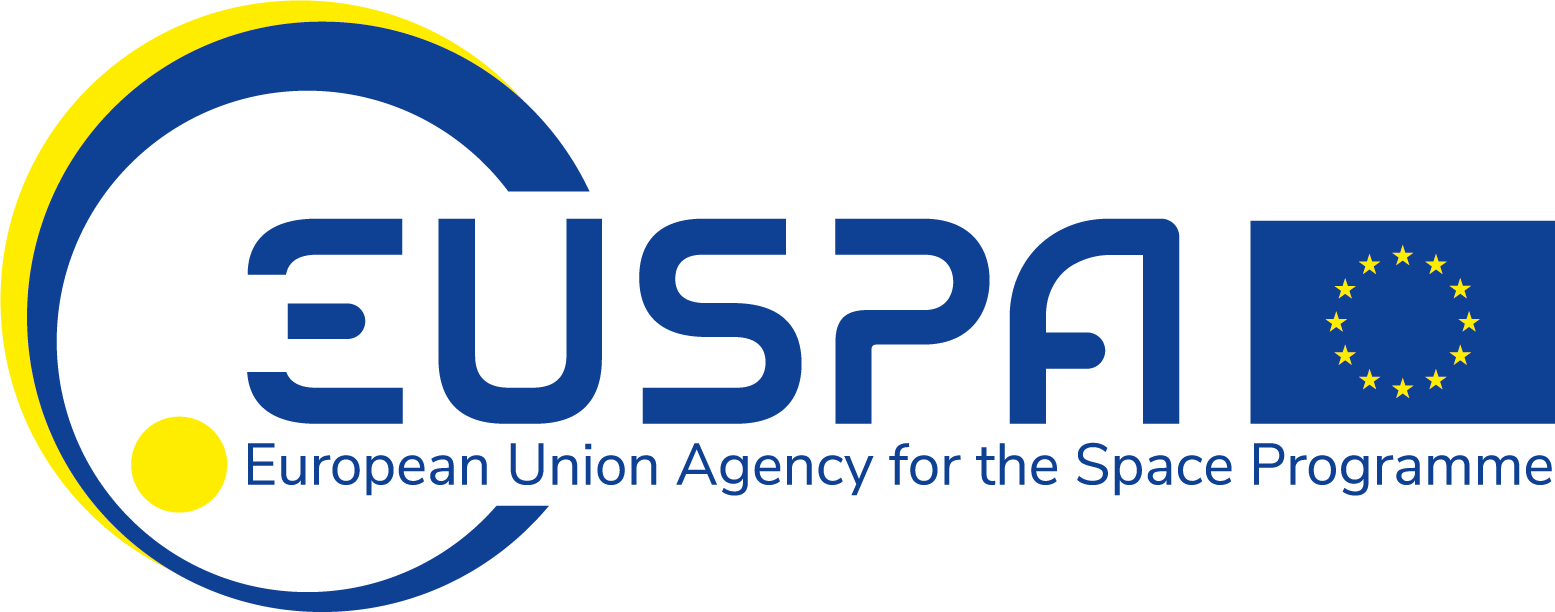Joint JULIA – PHOEBE webinar
JULIA organised a joint webinar together with PHOEBE on 18 February 2025. The purpose of this one-hour webinar was to exchange about the ways to improve cycle infrastructure safety for citizens. The main focus of these applications is to enhance road and cycling infrastructure safety, ultimately encouraging active mobility to achieve the goal of the European Parliament to ‘double cycling by 2030’, as well as to reach the targets outlined in the European Declaration on Cycling.
Monica Olyslagers (iRAP), introduced the current challenges related to road safety by highlighting that both projects aim to assess road user behaviour in a progressive instead of a reactive approach. ‘This means that we don’t wait until an accident happens, instead, we try to use our models and other technology to predict safety levels or street design that is potentially dangerous for vulnerable road users’ she explained.
The PHOEBE project aims at increasing the road safety of vulnerable road users, especially those who use active mobility. Then, Manuel Filgueiras from FACTUAL presented the JULIA project and highlighted the opportunities provided by the use of European satellite and space technology solutions GALILEO and COPERNICUS for urban mobility and especially cycling.
The webinar gave the opportunity to discover the technological tools used by the partner (specifically the use of LanePatrol and CycleRap) and their concrete application in two pilot cities: in Barcelona (JULIA) and Valencia (PHOEBE).
JULIA’s presentation therefore elaborated on the cycle lane assessment application of the project, enhanced by AI and computer vision. This AI-powered service assesses cycling lanes globally to help the local authorities understand how to improve their roads.
Use cases exploration: hear from Barcelona and Valencia
José Gutiérrez from Keita Mobility explained the design and functioning of the LanePatrol tool and explored how it has been used to serve the objectives of the JULIA project.
The main steps in the Barcelona use case have been to design the routes, collect data, mapping, evaluating and leading to a risk analysis with ultimately the elaboration of improvement scenarios for policy makers. Satellite tools play a role in the data collection that becomes more automated, efficient and faster. A larger spectrum of data can be processed in a limited time, with a reduction of human related error rate. The positioning is provided by geolocalised images from a smartphone app. Beyond these images, up to 40 different attributes of the infrastructure are collected to meet the criteria of the CycleRAP standard. These attributes include passing vehicles, road infrastructure, parking spaces, traffic lights, pedestrian crossings and other parameters. All gathered data is combined into a baseline scenario that is used to provide an initial rating of the assessed stretch of cycling lane.
Once the baseline scenario with all required parameters has been recorded, further simulations of potential improvements are tested. This allows urban planners to virtually test changes in speed limits or infrastructure to select the appropriate measure for a specific stretch of road or intersection.
This LanePatrol tool uses the CycleRAP methodology, a widely used method already deployed in the market in more than 120 countries to assess the cycling infrastructure safety. At the end, a level of security is assigned to each infrastructure section (low risk, medium, high or extreme). Some aspects such as the potential intersections and conflicts with other vehicles and users are also taken into account. Based on this data, improvements are proposed to increase safety, with an expected safety score for each scenario.
Use case: PHOEBE x Valencia
Did you know that more than half of the trips in Valencia are done with active mobility? In the PHOEBE project, LanePatrol is also used in this city to improve cycling safety. An analysis of four different routes connecting the Polytechnic university in Valencia has been conducted. They involved tourist hotspots, tram crossings and high flows of pedestrians. Thanks to the analysis made, the riskiest routes are spotted, and some scenarios are built to see how changes can impact the infrastructure’s safety compared to the baseline’s scenario.
Satellite tools as an enabler
Thanks to satellite tools, live scenarios can be simulated. Galileo helps in providing a more accurate positioning and has different applications on urban nodes (noise, signals), cycling and exact locations in case of accidents. Copernicus provides data on air quality or also helping bikers in safer trails outside the urban environment.
These tools benefits from the improvement of AI as it can help us accelerate information gathering and significantly improve data collection in a more automated way. It becomes easier, more efficient and more affordable to evaluate risks.
Pedaling down the road to progress!



